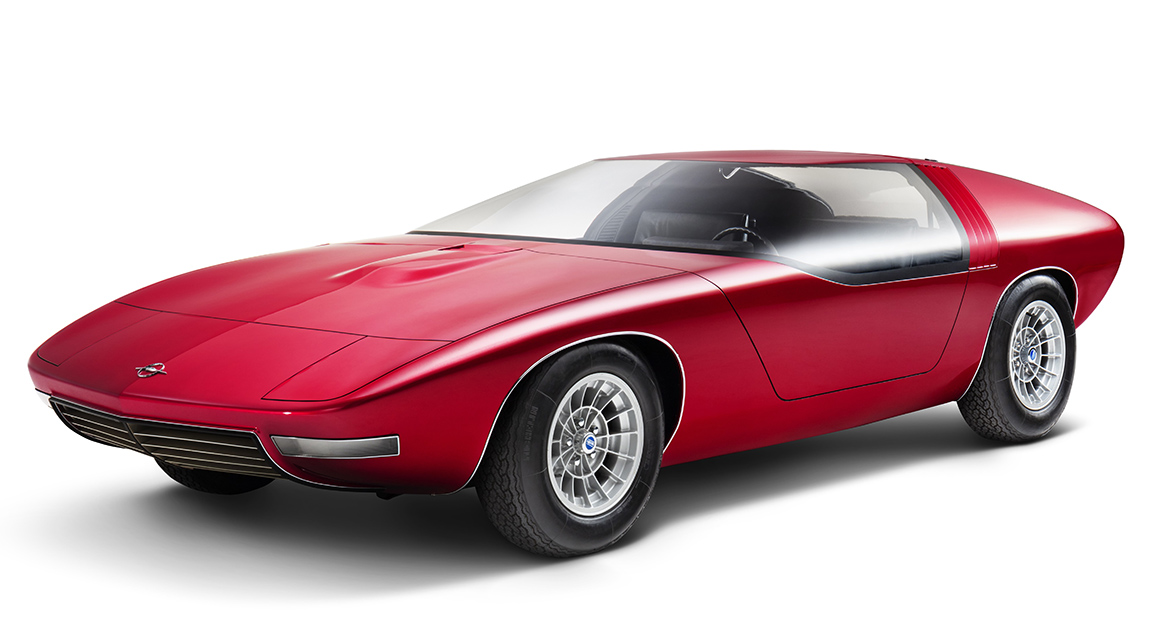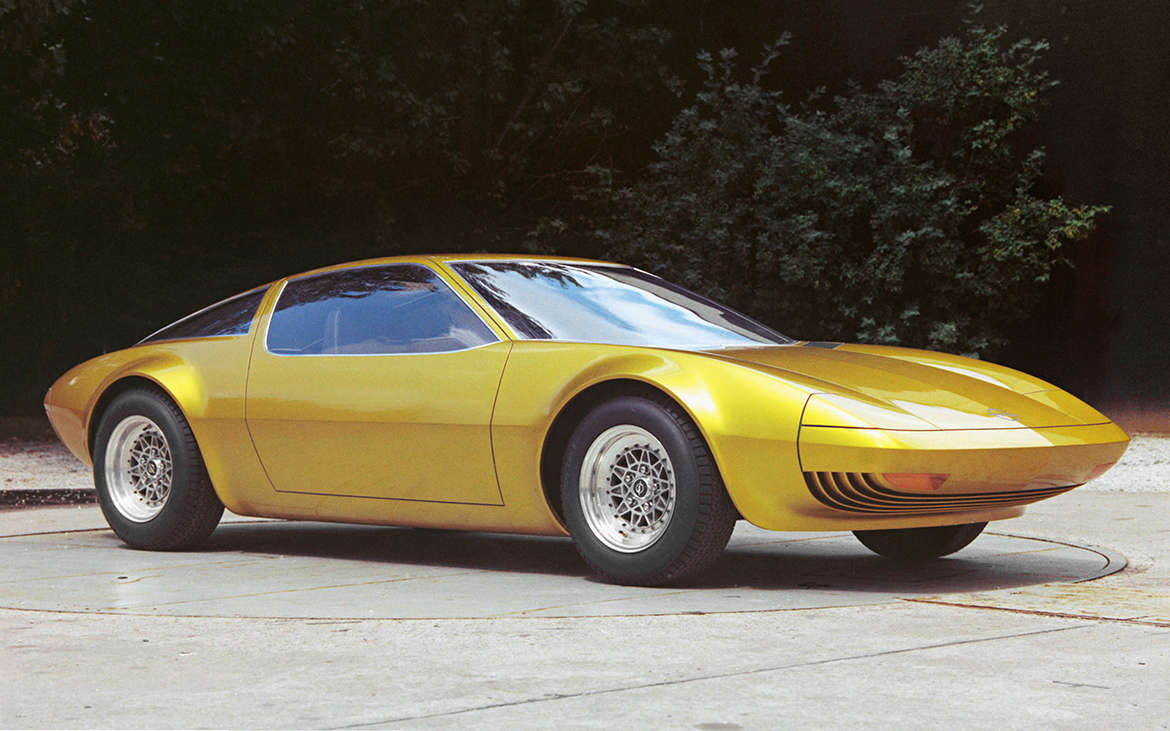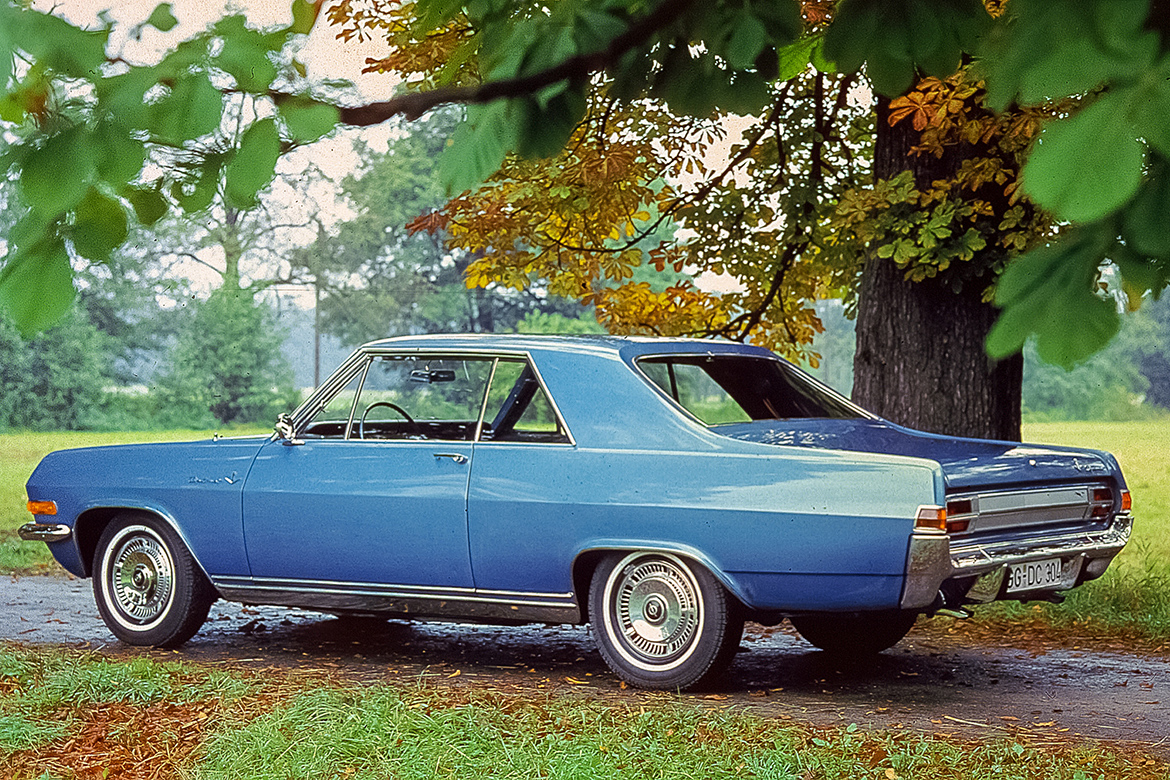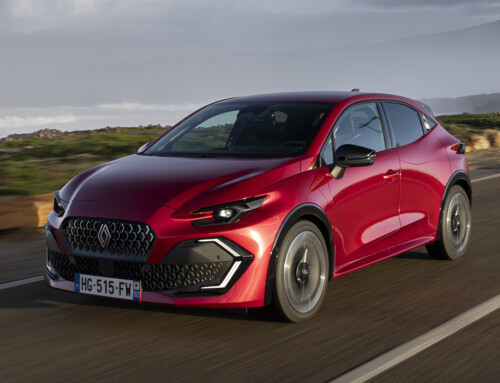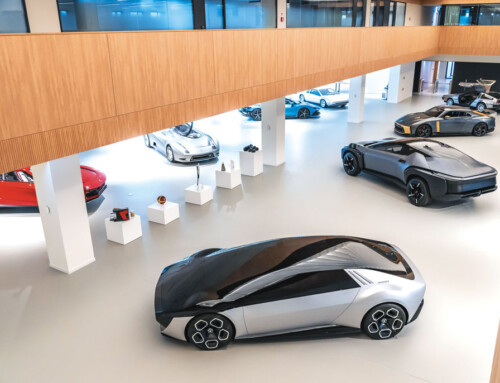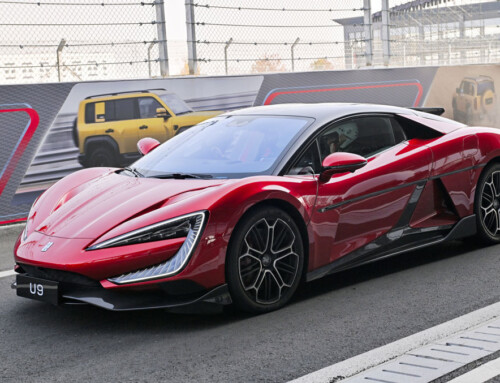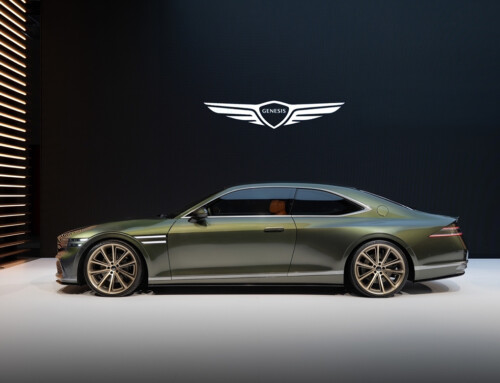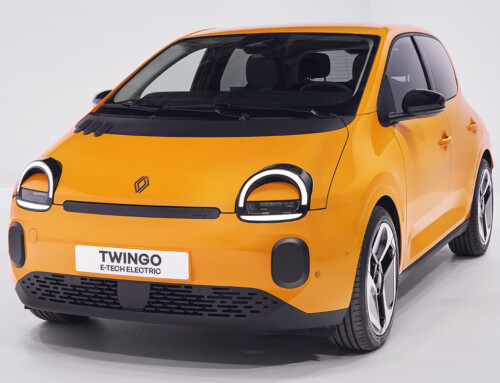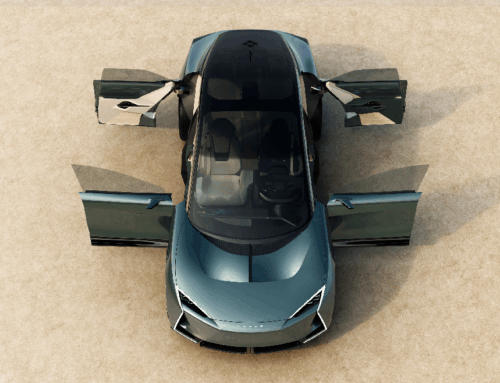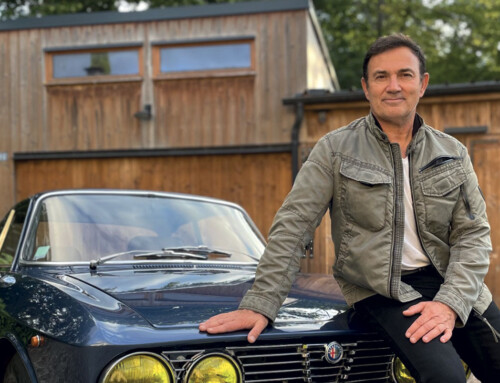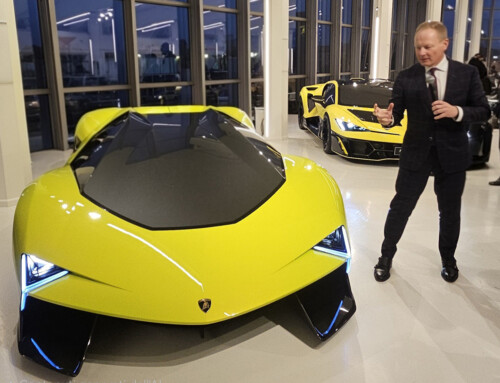In the wake of the good reception given to the large ‘KAD’ saloons and, in particular, the Diplomat V8 Coupé, Opel produced a series of models and prototypes at the turn of the 1970s that combined their large-capacity V8 engines with the sporty lines of the GT 1.9, which was enjoying great popularity among the European public. In March 1965 Opel reached an agreement with the Karmann coachbuilder in Osnabruck to build a coupé version of the Diplomat V8. Presented only six months later, this car had a body design characterised by the absence of a second roof pillar and a large rear pillar. The differences with the saloon did not end there. The 4.7-litre V8 engine was offered in an enlarged 5,354 cc version developing 230 hp (169 kW), mated to a 2-speed Powerglide automatic transmission.
The Opel Diplomat V8 Coupé was the starting point for the CD (Coupé Diplomat) prototype, designed by Charles M. Jordan. Shown in 1969 at the Frankfurt Motor Show, it featured a one-piece windscreen with side windows and integrated doors hydraulically hinged on the front pillar. Advance Opel Design engineers had perfected the Opel CD’s aerodynamics in numerous wind tunnel tests. The elegant front end with retractable headlights flowed seamlessly into the wraparound windscreen without the visual blockage of the first roof pillar.
The following year, Italian designer Piero Frua presented his further interpretation of which German ex-rallyman Erich Bitter bought the production rights, entrusting Frua himself with the task of making it more practical and better industrialised. At the 1973 Frankfurt Motor Show, the Bitter CD was thus exhibited, a sleek coupe only 1.1 metres high, which topped out at 210 km/h. Despite the fact that the general heavy atmosphere due to the oil crisis did not suit ‘dream cars’ like the Opel Bitter CD, the Baur bodyshop in Stuttgart built 395 until 1979 that were sold through the Opel sales network. Originally, this beautiful 2-seater coupé was designed to accommodate a Wankel rotary engine (hence the original name GT/W where the ‘W’ stood for Wankel), but Opel decided to abandon development of such a power unit before the prototype was even completed. The Advance Opel Design department had to change the name at the last minute and exhibited a full-size fiberglass model at the 1975 Geneva Motor Show, in honour of which they christened it Genève.

